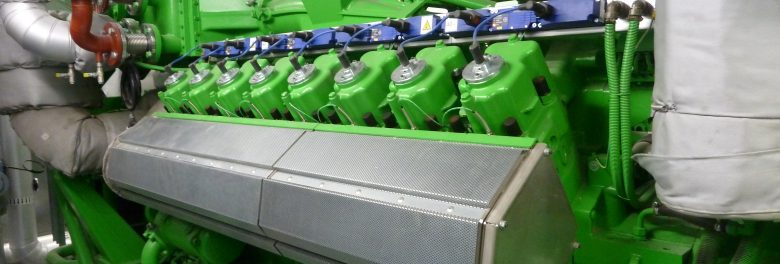
Recent Government proposals show compliance with CHP-prioritised heat networks is likely to be near impossible. This is despite recent indications from Government that the new Part L in Building Regulations would support CHP.
The low CO2 emissions factor for electricity in the proposed Part L 2021 pointed towards the end of CHP. A government statement recognised the industry’s concern and said they would look to improve the feasibility of the technology. However, the proposed changes make it likely that new connections to CHP led heat networks will be very difficult for homes assessed under the new Part L. A consultation seeking views on these changes to the next version of SAP, known as 10.2, will remain open until 10 May.
Due to the confirmed tightening of checks on distribution losses, heat networks will have a much tougher path to compliance. Therefore, there will be a stronger emphasis on efficient heat network design in general. Together, the changes mean the hierarchy of feasible heat sources must be reconsidered:
- Heat pumps still perform well and appear to be the most straightforward option from a compliance perspective.
- Gas CHP and gas boilers seem to perform similarly to each other though significantly worse than heat pumps.
- It should be noted that this only considers Part L compliance. With economic considerations, it is likely that a mix of generators, including heat pumps, CHP and/or boilers, could be appropriate.
The table below summarises the changes proposed. CHP performs well under the current Part L because it can offset high CO2, or dirty, electricity. However, in recent years, the CO2 intensity of electricity has dropped sharply. This is reflected in the latest consultations as all three proposed factors are significantly lower than the current Part L factor. This leads to a substantial cut in the benefits of both existing and new CHP.
The following conclusions can therefore be reached:
- CHP for new heat networks will not be feasible.
- There is some scope to retain a small CHP heat proportion on existing, but incomplete, heat networks. These will need to prepare for and deliver decarbonisation if new blocks are to be connected to the heat network.
Posted on May 6th, 2021
Author: Nikhil Doshi
Related services: Energy Statements, SAP (Domestic), Renewable Energy Feasibility Studies,
